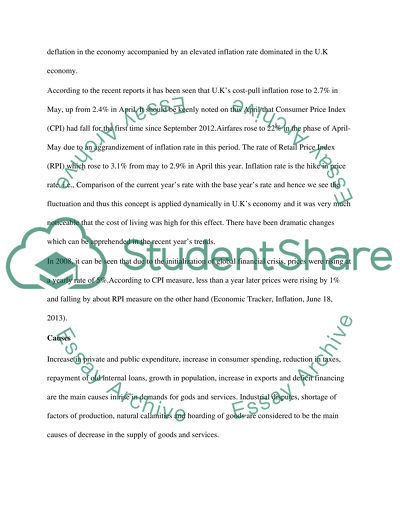Cite this document
(“Problem of the Inflation in The UK Economy Essay”, n.d.)
Retrieved from https://studentshare.org/macro-microeconomics/1481309-problem-of-the-inflation-in-the-uk-economy
Retrieved from https://studentshare.org/macro-microeconomics/1481309-problem-of-the-inflation-in-the-uk-economy
(Problem of the Inflation in The UK Economy Essay)
https://studentshare.org/macro-microeconomics/1481309-problem-of-the-inflation-in-the-uk-economy.
https://studentshare.org/macro-microeconomics/1481309-problem-of-the-inflation-in-the-uk-economy.
“Problem of the Inflation in The UK Economy Essay”, n.d. https://studentshare.org/macro-microeconomics/1481309-problem-of-the-inflation-in-the-uk-economy.


